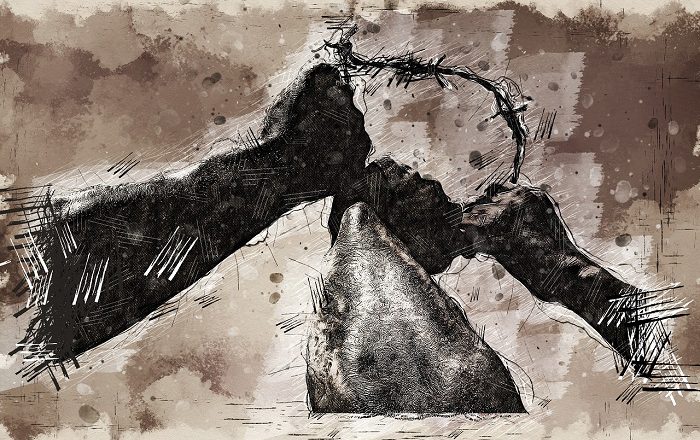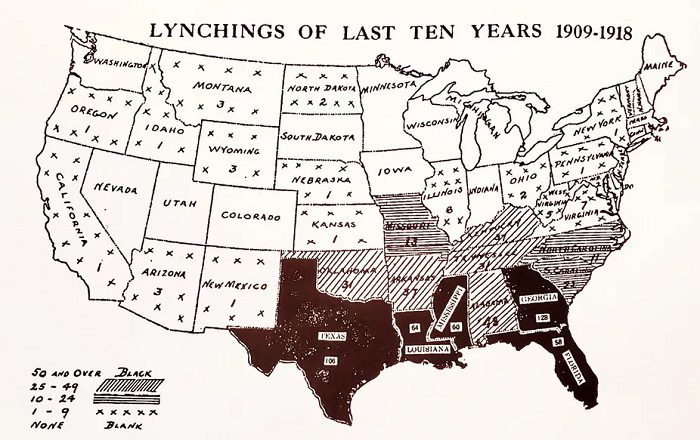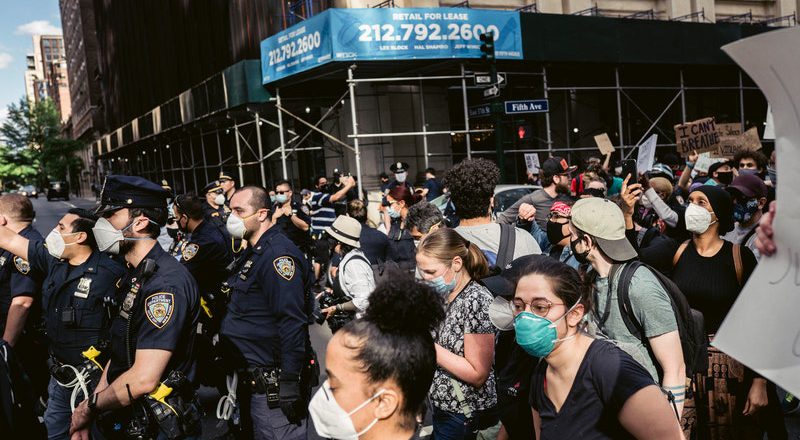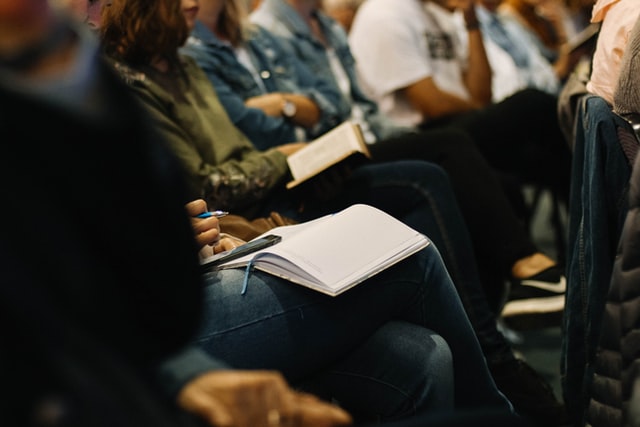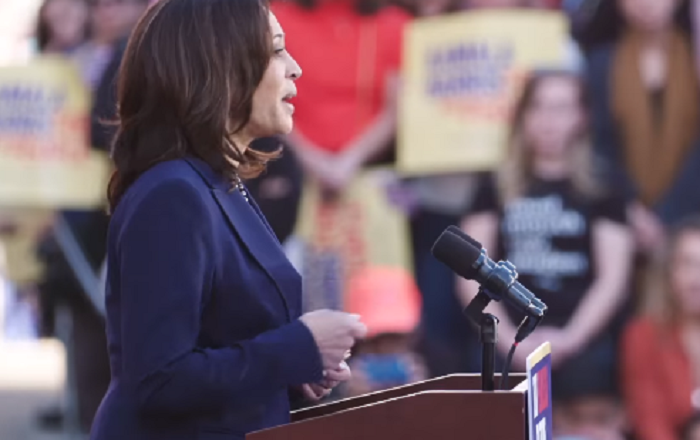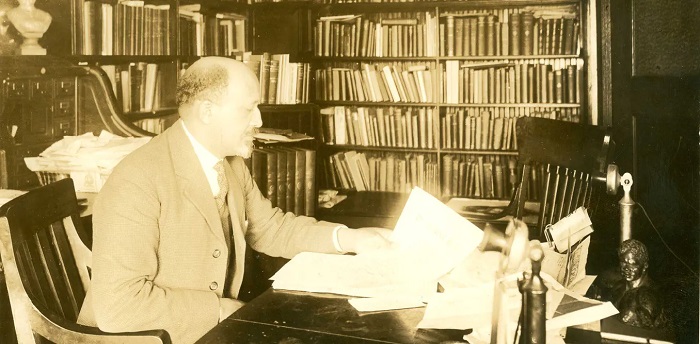Is It Time For The US To Pay Its Debt For The Legacy Of Slavery?
Some 156 years after the end of the Civil War and the official abolition of slavery through the 13th Amendment, the idea of reparations is gaining currency in Washington.
On March 1, Cedric Richmond, a senior adviser to President Joe Biden, suggested the White House could “start acting now” on the issue. The comment comes just weeks after a House committee chaired by Rep. Sheila Jackson Lee, Democrat of Texas, heard testimony on H.R. 40, a bill that would establish a commission on the legacy of slavery that would look at possible payments for descendants of enslaved people of African descent.
Having researched slavery for the past three decades, I have concluded that there are many rationales for reparations. There has never been a leveling of the playing field, or payments for the debt ...

